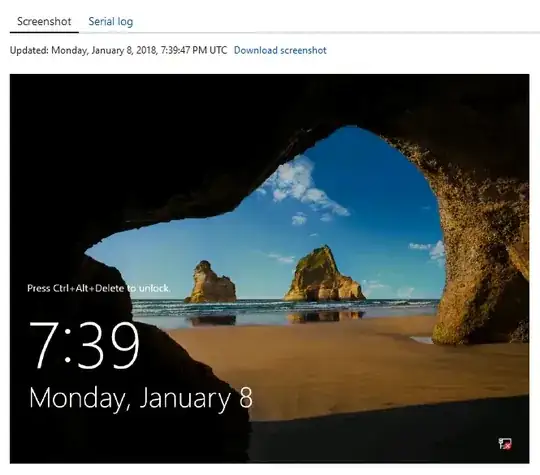I know this is a bit of a weird / silly question, but we have a sub-domain which acts as a way for our hotel owners to communicate with clients. messages.mydomain.com. What happens if they have a unique username (abcdef@messages.mydomain.com), which is then processed by our system and passed along to the correct person. Now, this all works fine - apart from the fact its causing peoples emails to come up with SPF fails:
What I have set is:
v=spf1 a mx ~all
Is there a way to make it "wide open" so it will validate with any IPs? On the main domain we lock it down just to our IP ranges, but we don't want this behaviour on the subdomain
Oh - and the sub-domain has its own DNS record (not just part of the record of the main domain)
